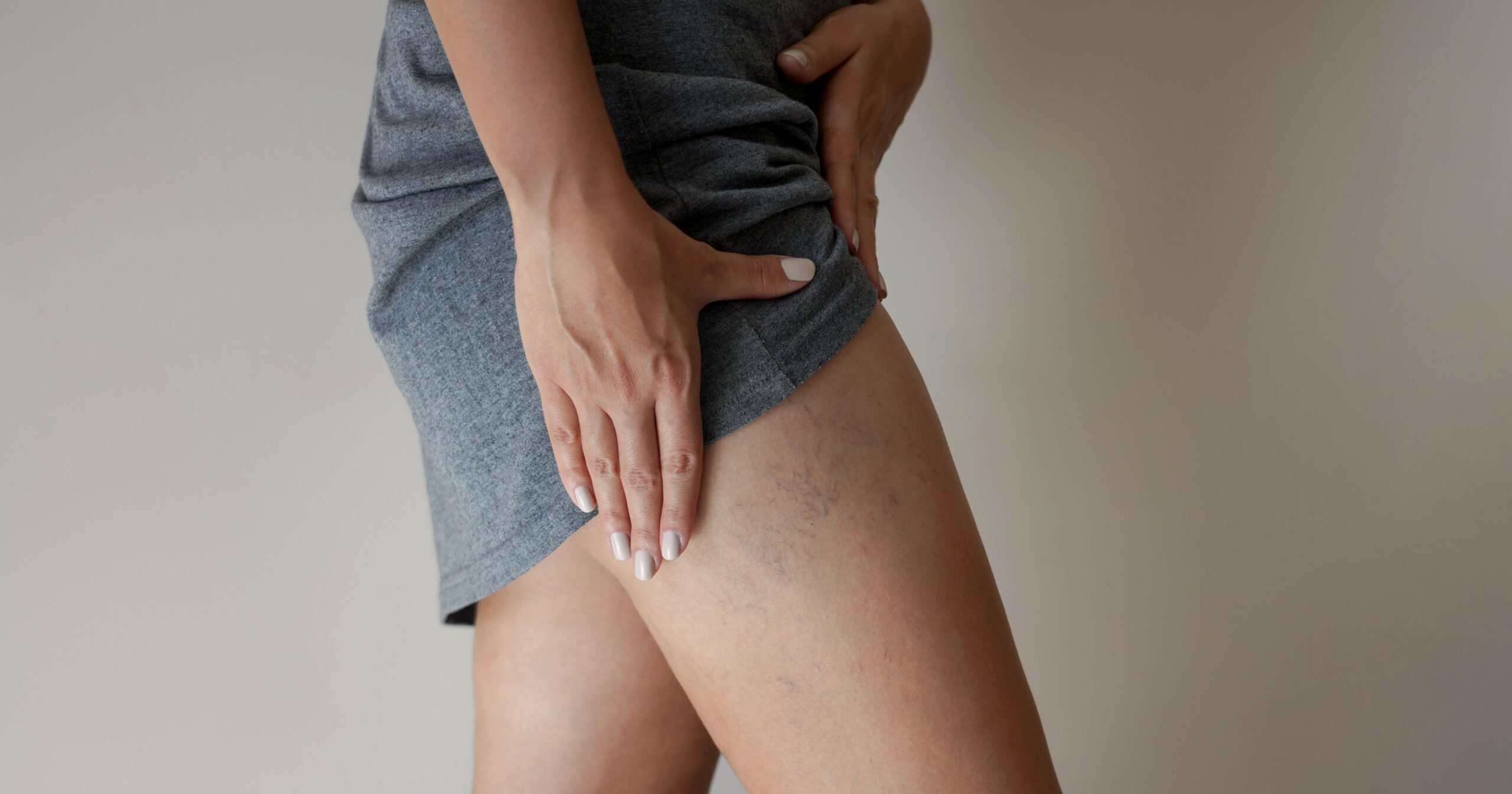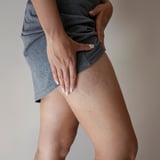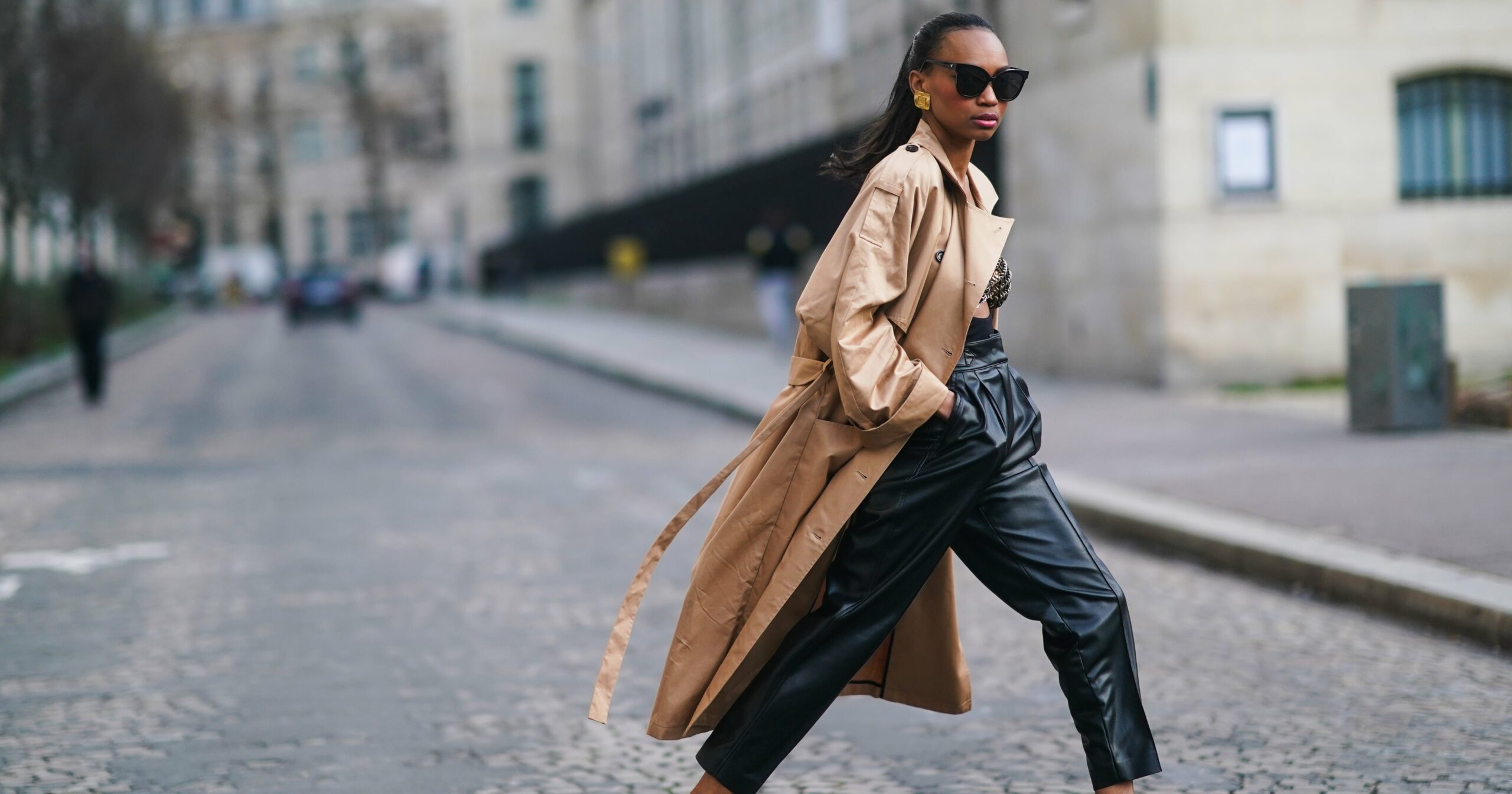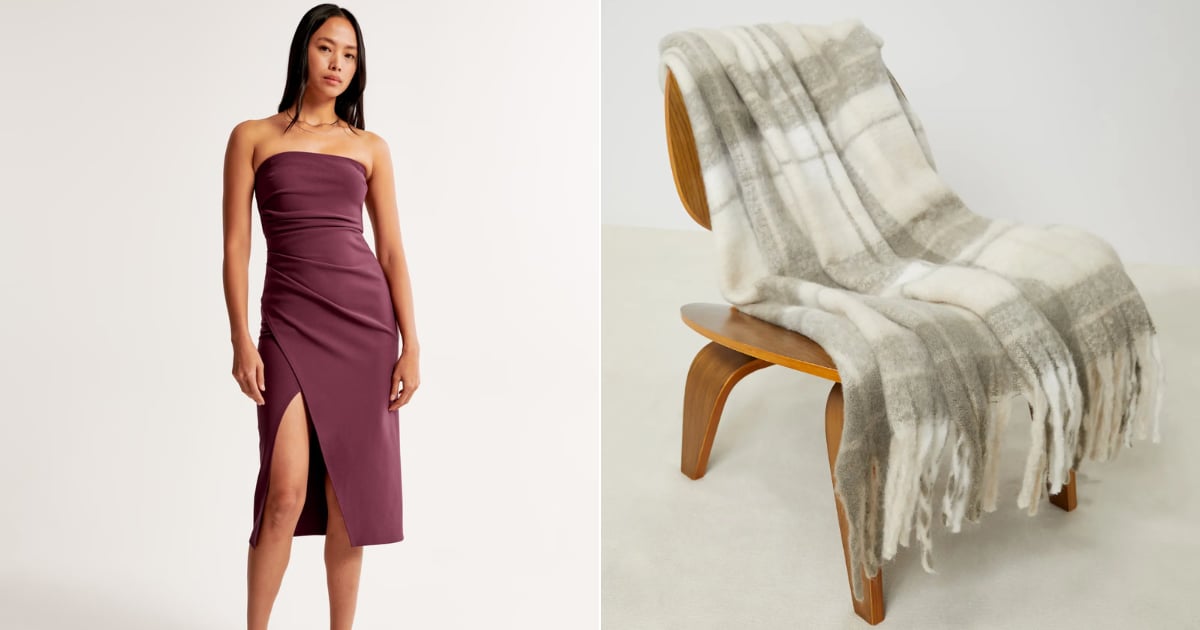If you’ve noticed tiny, web-like veins appearing on the surface of your skin that are blue or purple, you’re not on the path to becoming the next Peter Parker; rather, you are likely seeing spider veins. Unlike varicose veins, which are larger and often painful, spider veins are smaller and asymptomatic. Spider veins can affect both men and women of any age, although they are more common as you get older. In particular, spider veins occur most often on the lower limbs, with one study by the Aesthetic Surgery Journal reporting their presence in 41 percent of women over 50.
Thankfully, spider veins are not the work of science fiction; there are reasons why they occur and methods to treat them. We reached out to two board-certified plastic surgeons to get answers to some of the most-asked questions surrounding the condition. From how to prevent spider veins to treatment options, keep reading to learn more.
Experts Featured in This Article
Deniz Sarhaddi, MD, is a board-certified plastic surgeon at St. Louis Cosmetic Surgery in Missouri.
Rukmini (Vinaya) Rednam, MD, is a board-certified plastic surgeon based in Houston, TX.
What Are Spider Veins?
Spider veins, also known as telangiectasias, are “small damaged superficial blood vessels in the skin – usually about one milometer deep that branch out creating a spider-like look,” board-certified plastic surgeon Deniz Sarhaddi tells PS. They appear on the surface of the skin as thin red or bluish lines and can look like a web or network of tiny vessels. Most people wonder, are spider veins dangerous? But fear not. “Spider veins are generally asymptomatic and are just a cosmetic nuisance,” she says.
What Causes Spider Veins?
One important thing to clarify is that spider veins are not actually veins, despite their name. Board-certified plastic surgeon Rukmini (Vinaya) Rednam explains that they result from some level of damage to small capillaries, venules, and arterioles. Their appearance is often due to a combination of genetics, hormonal changes, pregnancy, obesity, and prolonged sitting or standing.
However, Dr. Sarhaddi notes that it is unclear exactly how they occur. They may result from local injury causing a lack of oxygen, prompting vessels to sprout and branch out to carry blood and oxygen. Alternatively, they could be from leaky vessels deeper in the leg, causing blood to back up and pool in the superficial vessels, leading them to dilate. “Most likely, it is a combination of causes along a spectrum, with spider veins being at the mildest end and varicose veins at the more severe end,” she says.
Tips For Treating Spider Veins
If you’re wondering how to remove spider veins, there are plenty of options available to you. However, Dr. Sarhaddi warns that most require repeat or multiple treatments because these vessels tend to reopen or branch out again over time. Two effective and safe options are sclerosing agents (sclerotherapy) and lasers. Sclerotherapy is recommended for veins larger than a 30-gauge needle. It involves injecting a sclerosing agent, such as hypertonic saline, directly into the spider vein, causing it to collapse and disappear over several weeks.
If you dislike needles or the spider veins are located on your face, lasers are another option. The practitioner uses a laser that targets the pigment in the vein to destroy it, causing it to disappear. “This may be instantaneous for smaller spider veins or may require longer and multiple sessions for larger ones,” Dr. Rednam says.
Home Remedies For Spider Veins
Unfortunately, there are no home remedies to eliminate spider veins, says Dr. Sarhaddi, but there are certainly effective ways to prevent them on the extremities. One method she recommends is wearing compression socks or stockings during the day.
Dr. Rednam suggests topically applying apple cider vinegar or horse chestnut to provide temporary relief and possibly fade the appearance of spider veins, but it will not completely erase them. She also recommends garlic and turmeric for their powerful anti-inflammatory properties, which, when eaten regularly, may help reduce the appearance of spider veins.
However, the best treatment for spider veins is to improve overall health and maintain a strong cardiovascular system, says Dr. Rednam. “This means maintaining a healthy body weight, being physically active, wearing compression on your lower extremities, especially when standing for long periods of time, staying hydrated, and eating a healthy diet.”
What Is The Difference Between -Varicose Veins vs. Spider Veins?
While people often get them confused, “Varicose veins are generally found on the lower extremities and are large veins that bulge and can protrude from the skin’s surface.” says Dr. Rednam. “Varicose veins can be painful and itchy and are due to weakness in the venous system causing a backup of blood flow leading to a twisted, swollen vein.”
Varicose veins should be evaluated with imaging such as ultrasound to guide treatment. “Spider veins are generally just a cosmetic nuisance, are asymptomatic, and are very superficial in the skin and tiny in size,” Dr. Sarhaddi says.
“Both varicose veins and spider veins are generally benign, but varicose veins can cause discomfort and itching and, in rare instances, can lead to serious issues like blood clots,” Dr. Rednam says. When in doubt, visit your doctor to get checked out and find a treatment method that’s right for you.
Iman Balagam is a freelance journalist and brand consultant who specializes in beauty, fashion, and lifestyle content. The Texas native’s work has appeared in a variety of publications, including Vogue, Allure, and Elle.




